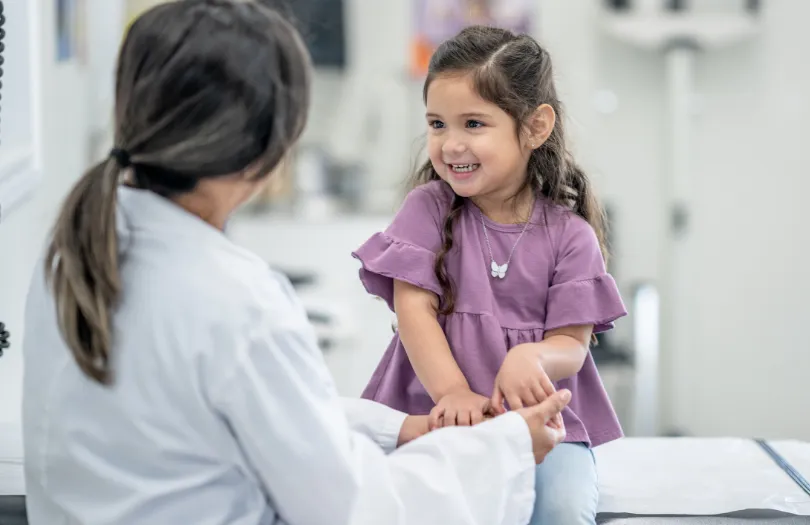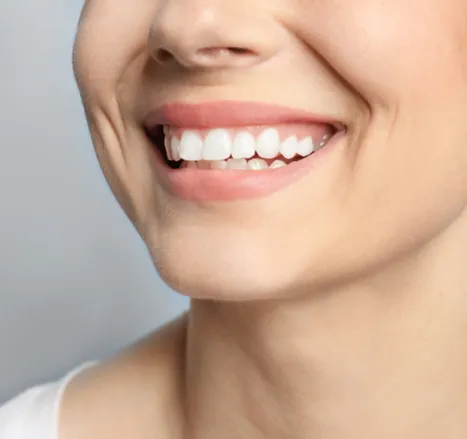PARADIGM - FAQ
Why come to our clinic? We have the answers.
Will my insurance cover these appointments?
Your dental insurance can be processed the same way as in a traditional dental office. Most dental insurance companies recognize ODHA dental hygiene codes, and claims can be submitted electronically for direct billing.
An estimate or Preauthorization can be submitted on a client’s behalf to determine coverage prior to the initial appointment. Please be advised that treatment and maintenance recommendations are not based on client coverage; they are based on client-specific needs to achieve optimal health.

Why would I come to your clinic if there is no dentist?
Dental hygienists are prevention specialists. Our primary role is to provide preventive and therapeutic clinical care, education, and health promotion to help improve the oral health of our clients. More time is booked to allow proper and thorough care without feeling rushed or part of a production line. We provide flexible hours and the availability to get in sooner for appointments to ensure that clients maintain their ideal interval schedule so that their overall health is not jeopardized.
Our priority is to build rapport with our clients by taking the time to get to know them and listen to their concerns and goals. We genuinely want to elevate our clients to their personal best in aspects of their oral health to achieve optimal health. Our intention is to alleviate anxiety by providing a comfortable, relaxing setting that brings serenity and calmness in a spa-like experience. We use the newest technology with EMS Guided Biofilm Therapy, which is minimally invasive, effective, and gentle to the teeth and soft tissues with a heating system with an adjustable water temperature for client comfort.


What can I expect at an initial appointment?
At your initial appointment, a comprehensive assessment and examination will be performed. This includes reviewing medical and dental history, performing an oral cancer screening, a dry mouth assessment and other risk assessments, a periodontal examination to assess the health of the gums and the bone that supports the teeth, and taking a series of intra-oral photos. Attention will be given to the client’s needs, concerns, and goals, which will be considered while designing the treatment plan.
Based on the results of this assessment and diagnosis, a client-specific treatment plan will be made with the intention of helping the client achieve a healthy, maintainable oral health status.


What is Myofunctional therapy?
Essentially, it is physiotherapy for the muscles of the face and mouth. We develop habits early on. Beginning at birth, we form habits that affect the muscles of our face and mouth. They can affect us for the rest of our lives and negatively impact the trajectory of our development.
The four goals of Orofacial Myofunctional Therapy (OMT) are:
- To establish nasal breathing day and night
- To establish proper tongue posture
- To establish a correct swallowing pattern
- To establish lips sealed at rest


Why hasn’t my dentist or doctor identified or diagnosed that me or my child has a tongue-tie before?
A tongue tie (aka tethered oral tissues) is not about how it looks; often, professionals will only ask you to stick your tongue out and have a quick look. The paradigm is that if you can stick your tongue out, breast feeding is “adequate”, and speech is relatively clear, then a tongue tie does not exist and/or is not an issue.
Myofunctional therapy and tethered oral tissues are not part of the curriculum that is taught in depth in dental school. It is additional training that a dentist, a dental hygienist, or a speech-language pathologist can pursue that is within their scope of practice. Other professionals, such as specialty dentists, Ear Nose and Throat specialists (ENT),
Pediatricians and other physicians can certainly perform a tongue or lip tie release; however, without the additional training to diagnose a restriction, they often believe in the old paradigm and solely look at appearance. You don’t know what you don’t know.
Once you have done the MYO training, you can only see through “MYO eyes” at the bigger picture, trying to get to the root of the problem. A tongue or lip tie and the need for it to be released are based on function.
At an assessment, we perform a very thorough examination that involves taking photos, videos, and measurements for the observation of proper posture, mobility, and function during movements such as lateralization, elevation, and protrusion, feeding, and swallowing patterns. We also ensure that other muscles are not compensating for the lack of proper function. Muscle compensation negatively impacts craniofacial, psychological, and social development.


Why is Myofunctional Therapy important pre and post tongue and lip tie release?
Myofunctional therapy has 3 distinct roles that help improve the success of tongue-tie surgery.
These include:
- To help build strength, coordination, awareness, and behaviour modifications to start addressing oral resting posture and breathing habits. Good muscle tone and control make the procedure easier for the provider, resulting in a better release and a smaller wound
- Helps the client heal correctly by learning post-release exercises and stretches to prevent reattachment and wound management.
- To rehabilitate the oral structures and to restore or improve correct oral function and posture.


Sign Up For Our Newsletter
Stay informed about the latest news, tips, and strategies for improving your oral and overall health. As a valued subscriber, you’ll receive exclusive access to promotions and offers on our dental hygiene, myofunctional therapy, and oral care services.
Do you want to improve your oral health?
We take a comprehensive and personalized approach to dental care.
We want to make sure that our patients have all of the information they need to make informed decisions about their oral health.
Book an appointment today to begin a path to better oral health for both yourself and your family for the rest of your lives.
